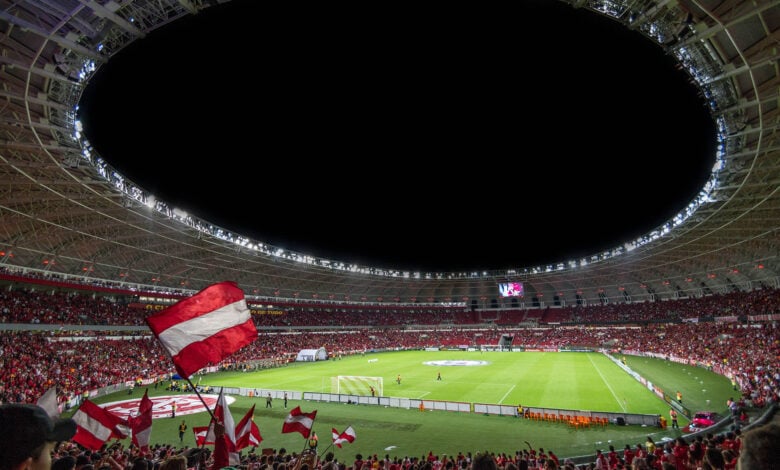Brady v Reynolds – The North American Dream in English Football’s

This is not League One as we know it.
Regardless of the fact neither the Deadpool star nor the NFL’s greatest is expected at St Andrew’s for Wrexham’s visit to Birmingham City on Monday night, it has not stopped the spotlight shining on the intertwining of the two unlikeliest ownership stories seen in English football’s third tier.
Of course there is a genuine on-the-pitch intrigue of what will happen when newly promoted Wrexham, with their unbeaten start, head to the pre-season promotion favourites looking for an immediate return to the Championship.
Or, to paraphrase Rotherham United’s Steve Evans, the Real Madrid of League One against the Harlem Globetrotters.
But the match in front of a sell-out crowd of close to 30,000 is one thing; the curiosity lies in the battle of the boardrooms in two same-but-different tales of North American investment.
Rapid growth and ‘astronomical’ fees
The clubs have come from different places.
Wrexham had been in the outside looking up to the Football League when A-lister Reynolds and award-winning American TV actor and producer Rob McElhenney completed their 2021 takeover.
But well before that deal, and the worldwide interest and upward trajectory it brought, the north Wales club were still in the early days in their exile from the elite 92 when League Cup-winners Birmingham were finishing their most recent season in the top flight in 2011.
They meet now with the Blues back down in the third tier for the first time in 29 years and Wrexham returning after 19.
All part of Wrexham’s Hollywood-infused plan, but certainly not in the script for the West Midlanders, subject of their own headlines when Tom Wagner of Knighthead Capital completed their reported £35m buy-out last summer.
That was headline grabbing enough before seven-time Superbowl-winning quarterback Brady came on board as a minority stakeholder.
Since then there has been relegation, but there has been a multi-million pound purchase of a site as part of 60-acre plans for a £2-3bn proposed investment project, where a new 60,000-seater stadium and training ground would sit.
This summer alone there has been more than £25m spent on signings, including £10m-plus for Fulham striker Jay Stansfield, a fee bigger than what Reynolds and McElhenney are thought to have put into Wrexham in total over almost four years.
“We’ve not seen spending like this in League One, it’s blitzed the previous history,” admits Kieran Maguire, football finance expert and co-host of the Price of Football podcast.
“But there are similarities in the way Wrexham used the money of their owners to accelerate their way out of National League and League Two, where you can buy your way out of the divisions. Birmingham are just trying to do the same in League One.”
In their most recent accounts, Wrexham’s average wage bill in the National League was £6.9m, higher than the previous year’s average for League One.
To signify the jump even before Knighthead’s involvement, Birmingham’s wage bill for the same 2022-23 period was close to £30m.
Since the US-backed boost, Maguire says: “Birmingham have spent like lottery winners. Rob and Ryan are wealthy, but they’re not a wealth fund.”
So while Birmingham were signing Stansfield, Wrexham were signing 21-year-old Mo Faal for a reported £500,000 from West Bromwich Albion.
It still represented a record-breaking summer in the transfer market for the Dragons, albeit one with a different approach.
“We realised some of the astronomical fees being asked for players were out of what we wanted to spend and what was right for the club at this particular stage,” manager Phil Parkinson has said.
“We wanted good young players who can grow and improve with the club.”





















